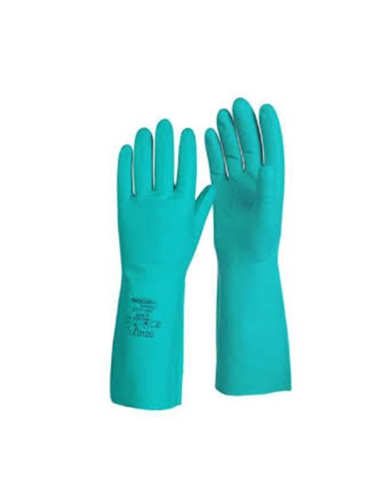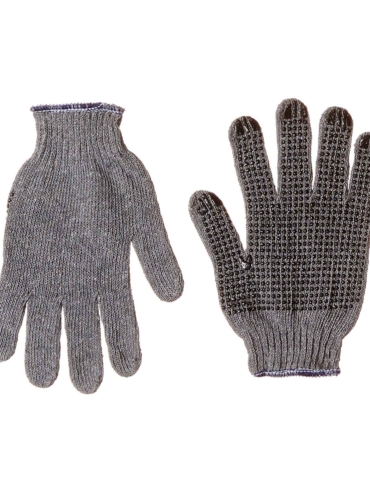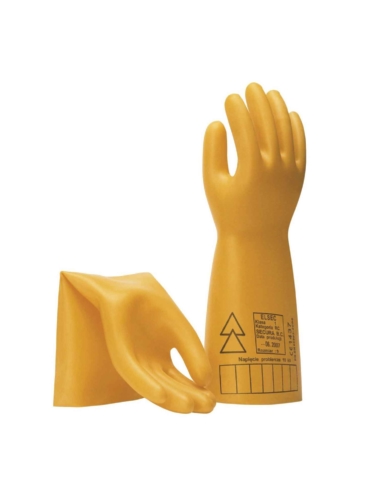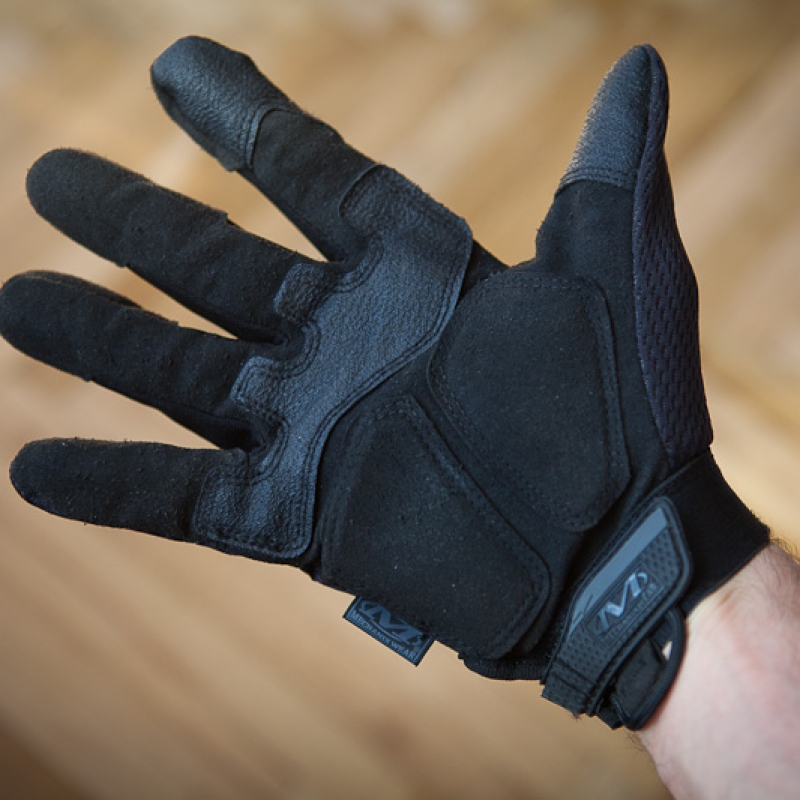Hand Protection
HAND PROTECTION
Protective Gloves.
Employers are obligated to carry out risk assessments to collect all information on risks to health at a workplace. Protective gloves are needed to prevent injuries to the hands and to comply with the hazard prevention hierarchy. If all action in terms of “elimination, substitution, engineering controls” or “administrative controls” is incapable of reducing the risk to a sufficient degree, the worker must wear protective gloves.
There are many different types of protective gloves available on market as personal protective equipment (PPE) conforming to IS/EN directive. We provide information on these different types of gloves and their fields of application,
- Healthcare
- Catering
- Hairdressing
- Dentistry
- Printing
- Motor vehicle repair
- Construction.
- Hand
Part of the body from the tip of the middle finger to the wrist.
- Glove
Personal protective equipment (PPE) that protects the hand or part of the hand from hazards. It can additionally cover part of the forearm and arm.
- Glove palm
Part of the glove that covers the palm of the hand, i.e. from the wrist to the base of the fingers.
- Glove back
Part of the glove that covers the back of the hand.
- Dexterity
Manipulative ability to perform a task.
- Level of performance
Number that designates a particular category or range of performance by which the results of testing can be graded. The level of performance is determined by the result of the corresponding test as described in the specific standards (…). A high-level number corresponds to a high level of performance. Levels of performance are based upon the results of laboratory tests, which do not necessarily reflect actual conditions in the workplace.
- Permeation
The chemical’s passage through the material by diffusion. Permeation performance is expressed as the breakthrough time at a defined permeation rate.
- Penetration
Flow of the chemical through porous material, pin holes, etc.
- Degradation
Degradation is damage caused by changed properties of the glove material after contact with a chemical. Degradation may cause colour change, swelling, hardening, etc.
Different types of protective gloves (based on different hazards) including general requirements
When choosing protective gloves, it is important to ensure that the glove selected is appropriate for the work to be done and the materials to be handled.
General requirements
EN 420 is the reference standard for the other specific standards for protective gloves. This standard defines the general requirements for protective gloves, e.g. design, sizes, innocuousness, cleaning, comfort, dexterity, marking and instructions for use of the gloves.
Innocuousness of the material
Protective gloves should not be harmful for the user, if put to normal use. The used materials should not affect the health of the user. Information on potential allergic substances should be provided by the manufacturer.
The pH of the glove materials should be greater than 3.5 and less than 9.5. Natural rubber gloves shall meet the requirements stated in EN 455-3 on extractable protein content. Other chemicals used in the production of protective gloves (e.g. dimethylformamide) may eventually prove to be harmful. For some of the discussed chemicals, there may be limit values in the European standards or in various European regulations.
Cleaning
All tests in the standards for protective gloves shall be performed on unused gloves if nothing else is specified. If cleaning is specified in the instructions for use, tests shall be done before and after cleaning and the performance level of each specific test shall not be affected negatively. It is worth noting that cleaning is a very complex issue, especially for chemical protective gloves. Usage and cleaning may have a major effect on the performance of the reused gloves.
Electrostatic properties
If required, the electrostatic properties shall be tested according to the test methods described in the relevant standard EN 1149-1 or EN 1149-2 or EN 1149-3 . These standards have been developed for garments and unfortunately do not contain any specific requirements for protective gloves. However, the test result shall be reported in the information supplied by the manufacturer.
Glove Sizes
Glove size | Fit | Minimum length of glove in mm |
6 | Hand size6 | 220 |
7 | Hand size7 | 230 |
8 | Hand size8 | 240 |
9 | Hand size9 | 250 |
10 | Hand size10 | 260 |
11 | Hand size11 | 270 |
Source: EN 420
Resistance of glove materials to water penetration
If the glove materials are resistant to water penetration, they should be tested with an appropriate test, such as:
- For leather gloves: 5.12 of EN 344-1:1992 (time for penetration);
Alternative test method, more appropriate for textile materials: EN 20811 (pressure in Pascal).
These tests are not suitable for waterproof gloves, which are tested with a variety of test methods, e.g. EN 374-2 ].
Water vapour transmission and absorption
If possible, the protective gloves shall allow water vapour transmission. If required, the gloves shall have a water vapour transmission of at least 5 mg/(cm² × h).
Dexterity
The dexterity of a glove is determined with a practical test. The tester wearing the glove has to pick up special test pins with defined diameters (5 to 11 mm). The level of performance is defined by the pin with the smallest diameter that can be lifted.
Marking
European standards for personal protective equipment (PPE) demonstrate its conformity to the basic health and safety requirements of the EC Personal Protective Equipment Directive. Only equipment meeting these requirements is eligible to carry a CE mark and be sold for use in the EC. Taking into account the wide range of activities carried out at different workplaces as well as the related hazards, gloves designed for protection should fulfil the specific requirements defined in the Directive 89/686/EEC and harmonized European standards.
Protective gloves against mechanical risks
EN 388:2003 specifies the requirements, test methods, marking and user information for protective gloves against mechanical risks. These risks are abrasion, blade cut, tear and puncture. Abrasion resistance, puncture resistance and tear resistance are classified into four (4) performance levels. Blade cut resistance is classified into five (5) performance levels. A glove to be certified as a glove against mechanical risks shall meet minimum one (1) level of these four (4) properties.

Figure 1: Pictogram with levels of performance indicating protection against mechanical risks
Source: EN 388:2003
Explanation of the numbers:
- Number: Level of performance for abrasion resistance → 3
- Number: Level of performance for blade cut resistance → 1
- Number: Level of performance for tear resistance → 0
- Number: Level of performance for puncture resistance → 0
“0” means that level 1 has not been achieved, while x indicates that the glove has not been tested for this property or the test method appears not to be suitable for the glove. The results of the tests do not directly correlate to the conditions in the workplace but are useful for a comparison of different types of gloves
Protective gloves against chemicals and microorganisms
EN 374 consists of three parts:
- Part 1: Terminology and performance requirements
- Part 2: Determination of resistance to penetration
- Part 3: Determination of resistance to permeation by chemicals.
The terms and definitions are laid down in Part 1. There are also the references to Part 2 and Part 3 in which the test methods for the resistance to penetration and permeation are described. The requirements and the levels of performance for these tests are also mentioned in Part 1.
Breakthrough time and referring permeation performance levels | |
Measured breakthrough time in min | Permeation performance level |
> 10 | 1 |
> 30 | 2 |
> 60 | 3 |
> 120 | 4 |
> 240 | 5 |
> 480 | 6 |
Source: 374-1
Table 3: AQL and referring penetration performance levels | ||
Penetration performance level | Acceptable Quality Level unit | Inspection levels |
Level 3 | < 0.65 | G1 |
Level 2 | < 1.5 | G1 |
Level 3 | < 4.0 | S4 |
Source: EN 374-2
In this case, the Acceptable Quality Level (AQL) is a statistical value for the number of the gloves with a hole in them in glove production. There are three different types of protective gloves in the EN 374-1 which are marked as shown in Figure 2 to Figure 4.

Waterproof Gloves And Low Chemical Protection (“Beaker”)
Source: EN 374-1

Protection Against Microorganisms (Mo)
Source: EN 420
The pictogram for protection against microorganisms can be combined with the beaker or Erlenmeyer flask symbols, but the beaker and Erlenmeyer flask symbols shall not be combined. Each glove conforming to EN 374-1 must also fulfil the requirements of EN 420. Additionally, the levels of performance of EN 388 shall be given in the glove’s instructions for use. This information gives the user information on the mechanical performance of the glove, because gloves used for building a house, for example, have to satisfy different requirements from those of working in a laboratory. Table 4 summarizes the tests for different types of gloves under EN 374-1.
Selection
Selection of gloves
Within the hierarchy of controls, elimination and engineering controls should have priority over the use of personal protective equipment, including the use of gloves. However, where it is not possible to achieve adequate control by other means alone, personal protective equipment including gloves should be used in combination with and in addition to other controls. Protective gloves tend to be less effective than other control measures but if avoiding contact is impracticable or is insufficient to protect employees, then gloves may be needed. When selecting protective gloves, the choice should be based on the work, the wearer and the environment he or she works in. The following five factors need to be considered:
- Identify the substance handled
It is important that the substance being handled is known since the level of protection and the type of glove needed will depend on this.
- Identify all other hazards for hands
Identify any other hazards present. For example, is there a risk of abrasion, cuts, puncture or high temperatures? There are chemical protective gloves that also provide protection against mechanical hazards (those marked EN 388) and thermal hazards (those marked EN 407).
- Consider the type and duration of contact
- Will gloves be worn for a short time, intermittently or for long periods? Comfort is more important for longer wear. Generally, thicker, robust gloves offer greater protection than thinner gloves but thinner gloves offer better dexterity.
- Will contact be from occasional splashes or by total immersion? Short gloves are fine as protection against splashes. If the hands are immersed (and you can justify that this is unavoidable), choose a length greater than the depth of immersion.
- Consider the user – size and comfort
- Gloves should fit the wearer. Tight gloves can make hands feel tired and lose their grip. Gloves that are too big can cause creasing; these can impair work and be uncomfortable. It can help to use sizing charts.
- Comfortable gloves are more likely to be worn. Involve employees in the selection process and give them a reasonable choice to pick from.
- Hands can sweat inside gloves, making them uncomfortable to wear. Getting staff to take glove breaks, removing gloves for a minute or so before hands get too hot and sweaty, can help to air the hands. You could also consider supplying separate cotton gloves to wear under protective gloves. These can improve comfort by absorbing sweat. They can be laundered and reused.
- Consider the task
- Gloves should not hamper the task. If wet/oily objects are handled, choose gloves with a roughened/textured surface for a good grip. Select gloves that balance protection with dexterity. Ensure the gloves selected meet all standards required for the task, e.g. sterile gloves, food-grade gloves. Consider whether colour is important, e.g. to show up contamination.
Once the appropriate gloves for the task have been selected, employees must be trained and informed on how to use the gloves properly so as to protect themselves. The information provided should include when they should be replaced and, if they are reusable, how to rinse them before removal (if practicable) and how they should be stored.





